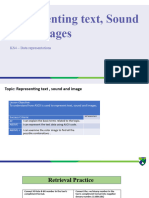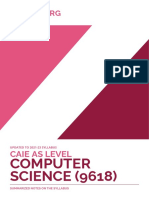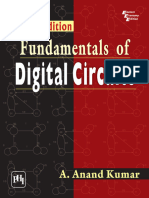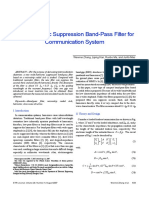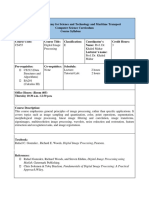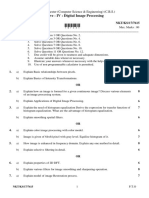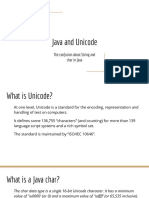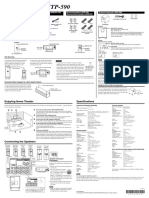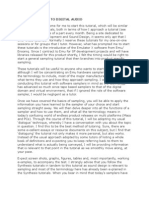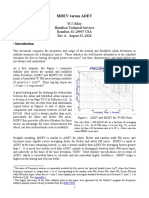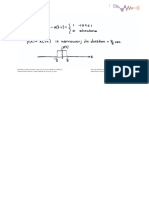0% found this document useful (0 votes)
11 views38 pagesComputer Science Text
The document discusses the representation of text and sound in digital formats, focusing on ASCII and its evolution to Unicode for diverse language support. It explains the process of analog to digital conversion, including sampling, quantization, and encoding, as well as the implications of bit depth and sampling rate on audio quality. Additionally, it covers data storage basics, including bits, bytes, and the impact of file size on storage and transfer times.
Uploaded by
yatin.sathishCopyright
© © All Rights Reserved
We take content rights seriously. If you suspect this is your content, claim it here.
Available Formats
Download as PDF, TXT or read online on Scribd
0% found this document useful (0 votes)
11 views38 pagesComputer Science Text
The document discusses the representation of text and sound in digital formats, focusing on ASCII and its evolution to Unicode for diverse language support. It explains the process of analog to digital conversion, including sampling, quantization, and encoding, as well as the implications of bit depth and sampling rate on audio quality. Additionally, it covers data storage basics, including bits, bytes, and the impact of file size on storage and transfer times.
Uploaded by
yatin.sathishCopyright
© © All Rights Reserved
We take content rights seriously. If you suspect this is your content, claim it here.
Available Formats
Download as PDF, TXT or read online on Scribd
/ 38







